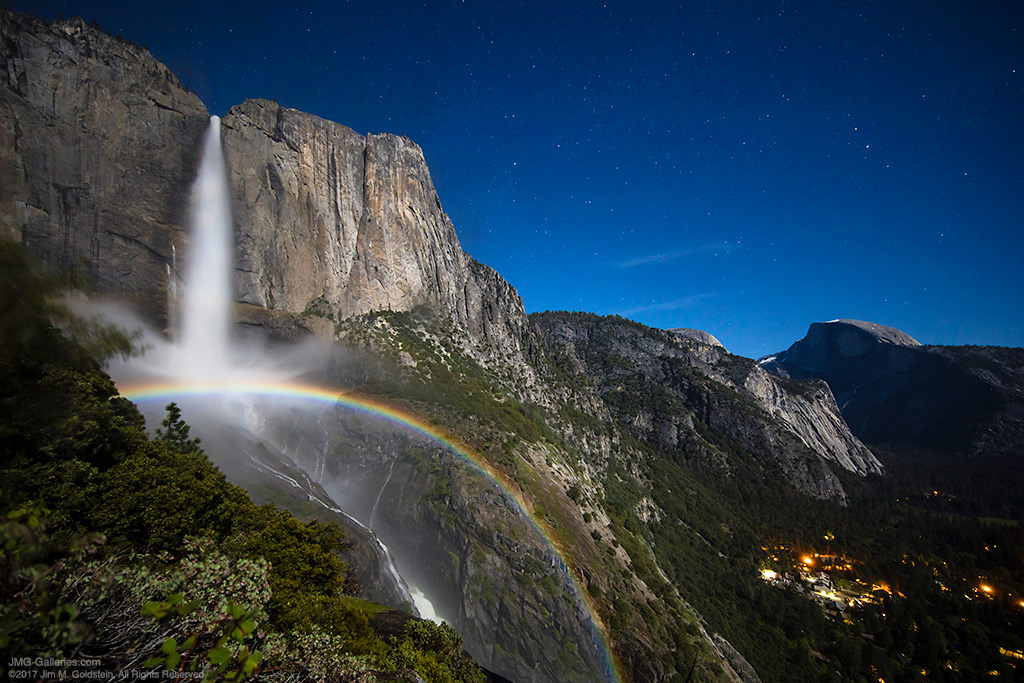 |
The GFX 100S is one of the highest-end cameras we’ve ever reviewed, which has the effect of making it a difficult camera to review. I wanted to write a little bit about that challenge, why we compared it with full-frame cameras, and yet didn’t compare it to others.
The main difficulty of reviewing a medium-format camera is that there’s a class of wildly expensive, essentially pro-only camera bodies beyond it, that we don’t cover. And, while Phase One has been kind enough to lend us some cameras and digital backs in the past, I wouldn’t claim to have used them enough to form an opinion worth publishing. It could be argued that without testing it in a series of studio shoots, it’s not really practical to form an opinion worth publishing.
 |
| The GFX 100S seems pricey when compared to most full-frame cameras but is comparatively affordable for something offering beyond full-frame image quality. |
It’s a similar challenge with the more ambitious video gear we’re starting to encounter. Obviously the world of ALL CAPS cinema cameras from ARRI and RED exists beyond the more accessible likes of the Sony FX3 and Panasonic S1H, so how can we put the more affordable models in context? How can you review them properly?
The clue both for ‘affordable’ medium-format and video-focused hybrids, is that they’re at the upper extreme what we test. In other words, they’re the option you might reach for, if you go beyond the level of gear we usually cover. And, in turn, that explains why we tend to compare them to the level of gear below: because that’s the alternative you might otherwise settle for.
The comparative accessibility of the GFX 100S means it’s likely that some photographers who’d otherwise buy something like a Canon EOS R5, Sony a7R IV or Nikon Z7 II might consider stretching their budget to get one. At which point, it’s important that our review makes sense of the difference.
So why didn’t we compare it with the Sony a1 if we’re comparing it to full-frame cameras?
It’s understandable why some people draw parallels between the Fujifilm GFX 100S and the Sony a1. For a start, they were released at a similar time, so the earlier camera will have still been very fresh in the mind when the second was launched. Also, both cameras cost a similar amount of money. Finally, they’re both cameras that try to offer something beyond the latest fast-ish high resolution full-frame models. So why, if it makes sense to compare both with the likes of the Canon EOS R5, aren’t we comparing them to each other?
 |
| The Canon EOS R5 is high res, fast, and a pretty capable video camera. You have to spend a fair amount more money to get something significantly more capable. The Fujifilm and Sony offer very different types of ‘more.’ |
Quite simply because, while all the above is true, the comparison falls apart as soon as you look at precisely what they offer over high-res full-frame. The a1 offers speed (of both shooting and autofocus), along with 8K video and photojournalist-friendly communication options. The GFX 100S offers resolution and image quality in a way that is likely to delight landscape shooters and studio-based pros. There’s no real overlap in the things they offer over the more affordable cameras.
There’s no real overlap in the things they offer over the more affordable cameras.
The context for each camera is also rather different. Whereas $ 6500 is fairly typical for a flagship sports camera, it’s comparatively inexpensive for a medium-format camera offering a step up in image quality.
It’s easy to argue that the a1 is the more impressive technological achievement: its cutting-edge sensor raises the level of what mirrorless cameras can do (at least until we’ve seen what Nikon and Canon’s Stacked CMOS cameras are capable of). And it’s a project with no obvious corner cutting: none of the stripped-down video capabilities of the a9 series, for instance. By contrast, the GFX 100S has been reworked by the engineering and marketing departments to make the original GFX 100’s capabilities accessible to a wider audience.
 |
| In addition to speed of shooting, speed of AF and impressive video, the a1 offers a range of pro-friendly features, including an Ethernet connection. |
Which is why, as hard as we’ve tried to make our scoring system coherent across categories, you can’t just look at the numbers and say ‘the Sony scored 3% more, and hence is better, without qualification, than the Fujifilm’. It’s a level of nuance that is never going to be conveyed by a single number (or a single number and an award).
Instead our reviews spell out the basis on which the conclusion was drawn. The ‘How it compares…’ section of our reviews lists what we believe a camera’s peers to be, and why. We then explicitly detail the pertinent real-world differences after the conclusion.
Reviewing always gets more difficult when it comes to extremes of price and performance, which is why we try to contextualize how these exotic outliers compare to the more affordable options. Because ultimately, our job is to provide a basis from which people can make informed decisions (whichever way they decide), not to award bragging rights.
Articles: Digital Photography Review (dpreview.com)



















You must be logged in to post a comment.